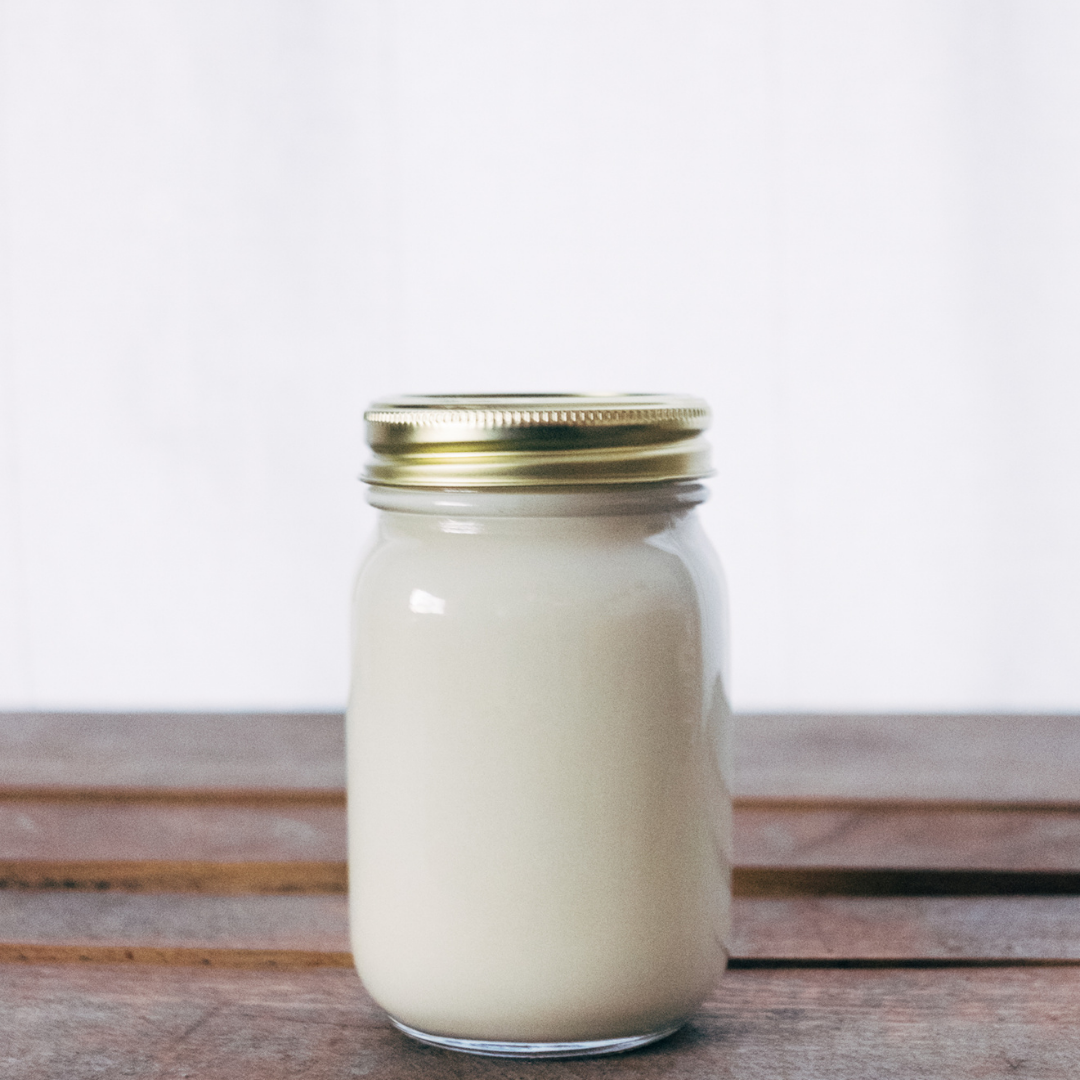The Influence of Diet on Concussions
Concussions
From 2001 to 2012 the rate of concussions and traumatic brain injury (TBI) in children aged 0-19 years (as diagnosed in the emergency room) more than doubled. Males are statically more likely (almost twice) to get concussions as females, and concussions or TBIs in children under 20 years of age make up about 70% of all traumatic head injuries in America (source). I didn't quote these statistics so you will pull your child from sports, or make them wear a helmet every minute of the day, but because there is a reason for this trend, and if it is addressed, this harmful trend could be reversed. And that reason is... you guessed it... related to diet!
Here are some factors that play into the increasing risk of concussions and TBIs:
A decrease in the consumption of nutrient-dense foods and saturated animal fats.
An increase in consumption of processed foods and trans-fat vegetable oils.
A decrease in sun exposure due to a fear of skin cancer and the heavy application of sunscreen.
An increase in toxins, including aluminum and glyphosate.
Let's look at each one in a little more detail...
Nutrient-dense Foods and Saturated Fat
When we began eating less red meat and animal fat, we started seeing deficiencies in nutrients important for brain health. This includes sulfur, magnesium, zinc, vitamin D, the B vitamins, and omega-3, especially DHA. That is because, in general, these are more nutrients present and/or bio-available in animal foods than in plant foods. Not only do we need all these nutrients to maintain healthy cells, but we need omega-3 fatty acids to buffer the effects of glutamate, a neurotransmitter released in response to inflammation, among other things (source).
Processed Foods and Trans-fat Oils
We have replaced many of the animal foods we used to eat with processed products. Not only are these foods low in bio-available nutrients, but they contain chemicals, dyes and preservatives, many of which are known neurotoxins. Around the same time, we also started commercializing real food, and vegetables, grains and animals began to be raised with pesticides, hormones, antibiotics and dyes. Additionally, unstable vegetable oils high in trans-fats, free radicals and unstable bonds were sold as "healthier" animal fat replacements.
Sun Exposure
It has only been in recent human history that we have worn sunscreen. For a time we believed it prevented skin cancer (this has been proved untrue). What we do now know is that sun exposure is necessary to build up sufficient levels of sulfate (the oxidized form of sulfur), which helps our brains clean and repair, as well as make hormones like melatonin, serotonin, dopamine and norepinephrine. Sun exposure also helps us make some of our daily vitamin D3 (source).
Toxin Exposure
We are exposed to significantly more toxins today then we were 50 or 100 years ago. Two toxins that have a know link to brain damage are aluminum and glyphosate. Exposure comes food, water, cookware vaccines, even the air. Both of these toxins are harmful on their own, but when they are both present there is a synergistic effect, which increases the damage done to the brain (source).
So what can you do?
You can take steps to protect your child's brain. Eating a diet high in good quality animal fats, meat, and other real food will provide their body with what it needs to keep the brain clean and functioning as designed. Avoiding processed foods, especially those containing dyes, chemicals and pesticides, decreases the brain's exposure to neurotoxins. Spending a lot of time in the sun (without sunscreen) will increase sulfate levels and allow the body to cleanse the brain and produce proper levels of hormones. And exercising caution in vaccine administration and exposure to aluminum foil and weed killers like Round-Up will help keep the levels of these harmful toxins low. Over time, a return to a traditional way of eating will decrease the amount of time your child needs to recover from a concussion or TBI, and it may even prevent them from getting one in the first place. So pass the cod liver oil and butter!
Onward!









